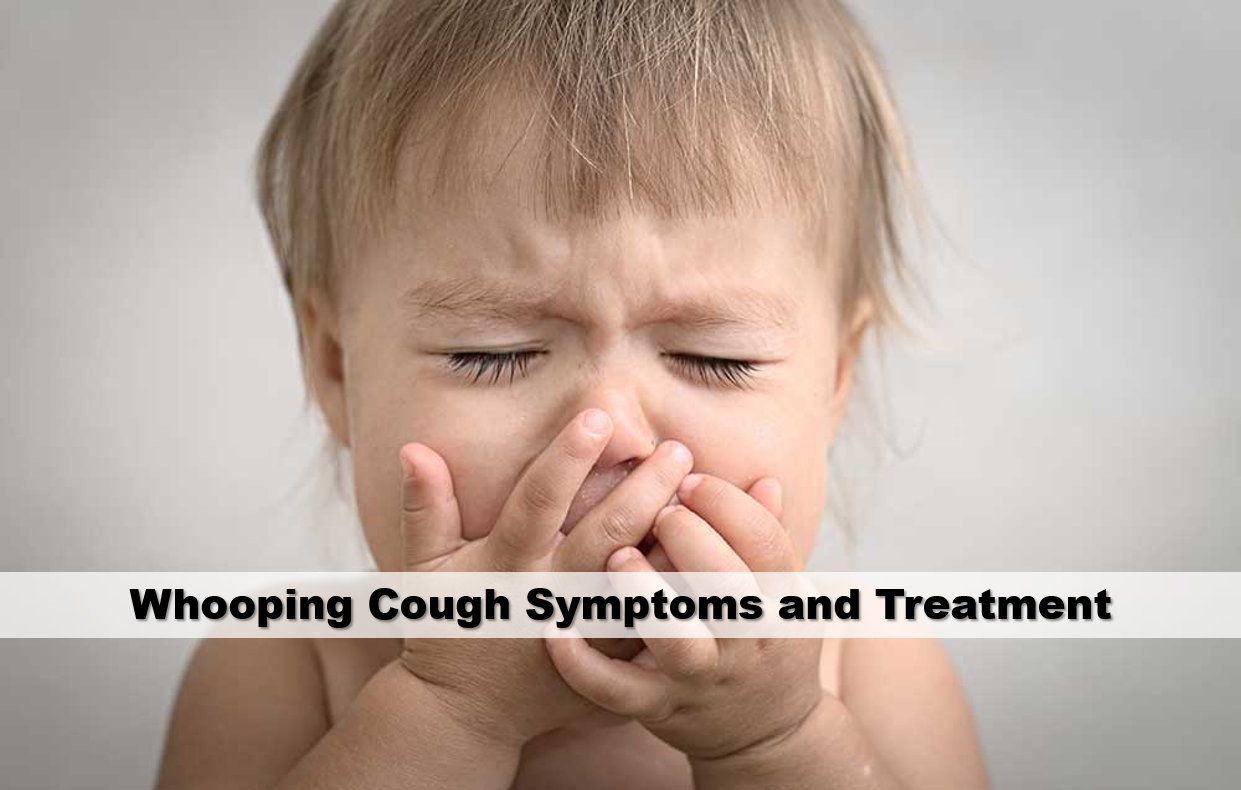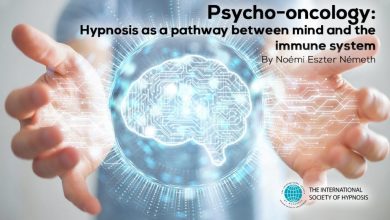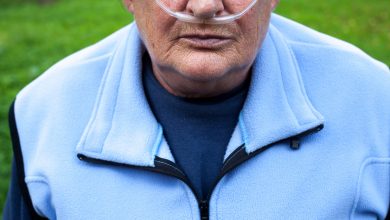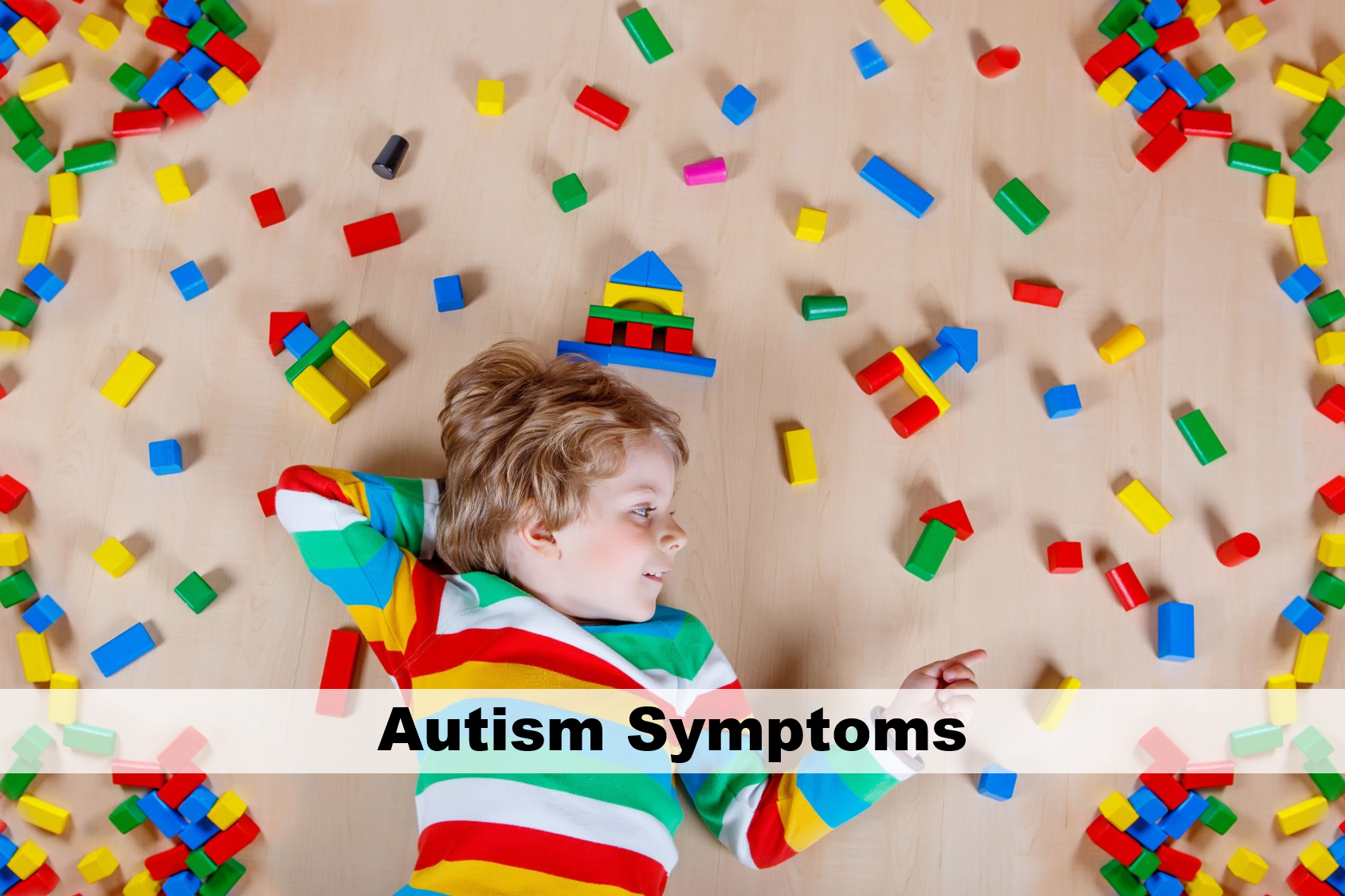Sudden Infant Death Syndrome
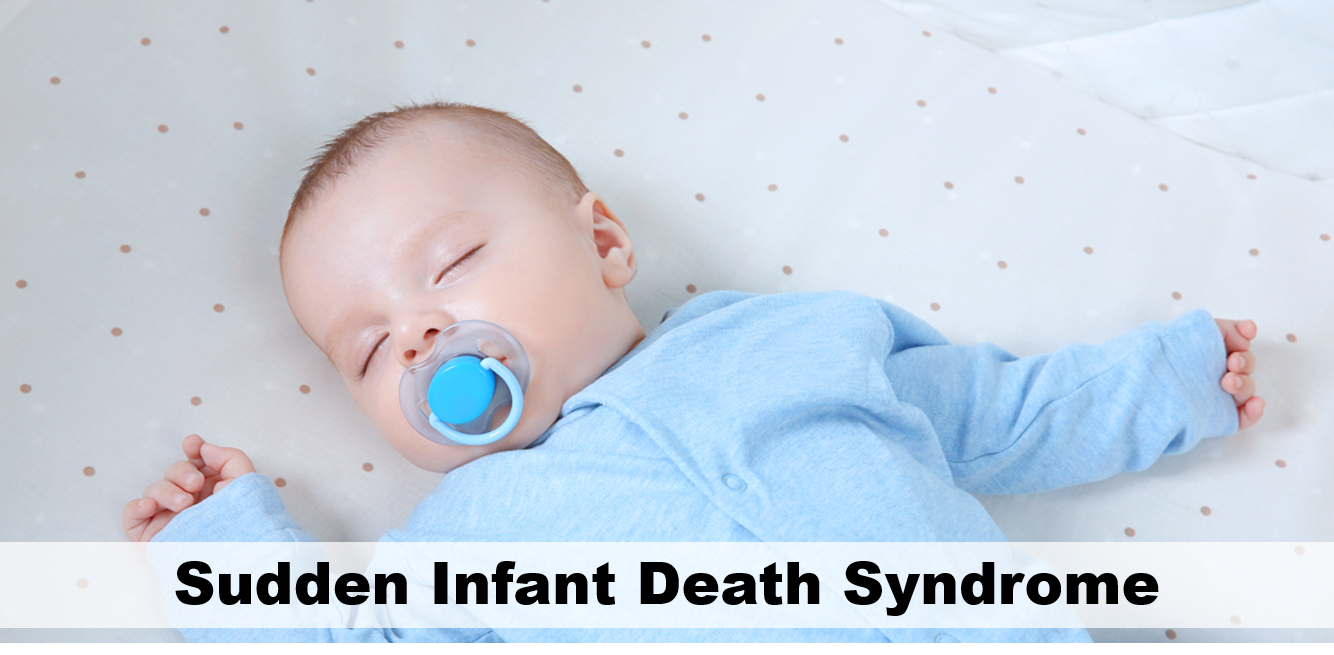
What is Sudden Infant Death Syndrome? It is an unexpected death of a baby in really good condition. Sudden Infant Death Syndrome (SIDS) is defined as infant mortality between 1-12 months, and its cause has not known yet. However, it has been proven that some precautions can reduce the risk of SIDS. Is there a risk of SIDS for my baby? may be a question you may not even want to think of as a parent. However, you can only take the right steps by getting more information and taking expert advice on issues that may concern you about your baby’s health. In this text, we will explain the sudden infant death syndrome by giving some tips to reduce the risk of SIDS.
Sudden Infant Death Syndrome
An apparently healthy infant dies unexpectedly during sleep without any pre-symptoms, the reason for death cannot be explained for other medical reasons. SIDS is the most common cause of death in children ranging in age from two weeks to 12 months, responsible for one-third of all deaths in this age group, and 90% of these cases occurred in the first six months after birth. This syndrome occurs all over the world, and the number of cases seen each year is relatively constant. According to the studies, SIDS occurs especially during winter, and it is more common in boys than girls.
Why Sudden Infant Death Syndrome Causes?
Although the cause of this condition is not known exactly, many theories have been developed for SIDS. A few environmental factors and neurological conditions together are being discussed as a cause of SIDS. Due to some congenital dysfunctions, there may be some problems in the baby’s respiratory system or heart rhythm. In addition, exposure of a baby whose respiratory functions are not yet developed to adapt environmental conditions that may make it difficult to breathe and may trigger SIDS.
How to Prevent SIDS
A-B-C Rule Against Risk of SIDS
A-B-C Rule is one of the most important things help to reduce the risk of SIDS, A: Alone, B: back, C: Crib.
- A: Alone; baby sleeps alone, not with parents.
- B: Back; put their babies on their backs to sleep. You may think that if your baby vomits, there may be a risk of escaping the throat. However, this risk is lower than the risk of suffocation when lying on her/his back or sideways. However, you can put your baby on his back and tilt his head to the right or left.
- C: Crib; Your baby should sleep in his own crib.
Other precautions
- Sleeping bags should be preferred instead of covering the blanket. Because there’s a risk that the blanket will cover the baby’s face, and your baby may not get enough air.
- You should not do not let your baby sleep on the sofa. The baby should sleep in their own bed day and night. Sofas, seats, and car seat are not recommended for long-term sleep.
- Laying the baby upside down for a few minutes during the day is good for both gas problems and flat head syndrome, but do not hold it in this position for a long time or leave it alone.
- Breastfeeding protects your baby from any risk. A pacifier is recommended before sleep, but do not force your baby and do not dip it in sugar or honey. However, it is not recommended before the first week to avoid breast rejection.
In what situations would it be risky to sleep in the same bed with your baby?
- If the baby is less than three months old, and the baby weighing less than 2.5 kilos
- If the baby was born early (premature birth)
- If one of the parents is smoking (at home or outside) or using alcohol or a drug
- If you are very tired

